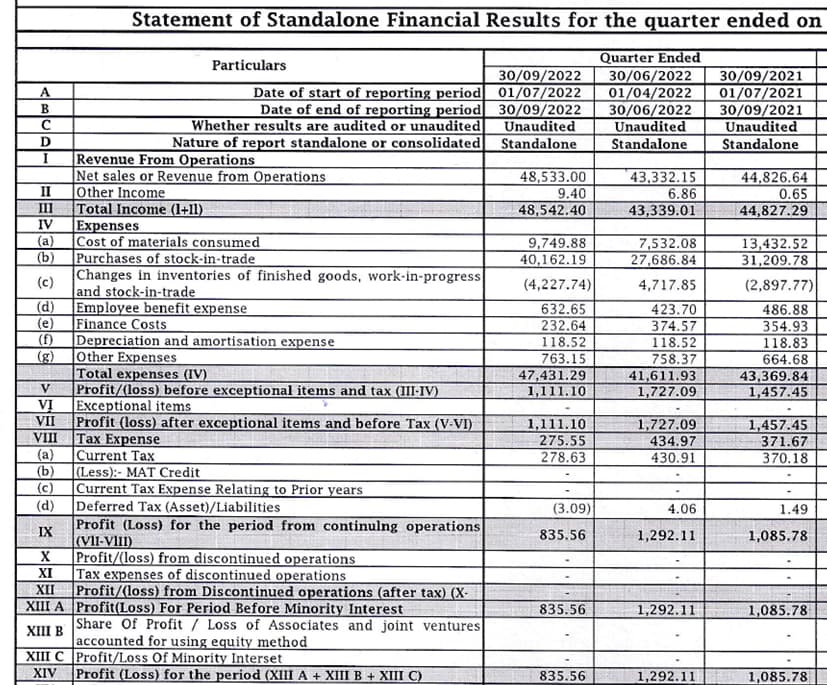I don’t follow much, but from what little I know, when TV channels report such QoQ news, I guess this is to bring some cheer or excitement, particularly for the trader community and not to investors, or to entice new people to participate in the market.
Although a few stocks can rise and fall, whose story is done and dusted in a year, in 4 quarters, there exists a lot of stocks whose businesses are years old, sometimes decades old, where investors have been present for much longer periods than a typical short term trader, or even a positional trader. So for these long term investors folk, a few quarters is nothing, as they follow the story, and are not easily excited or deterred by quarters’ performance.
On the other hand, if I am new and I happen to see a TV channel or some other publication, where some excellent numbers of stocks are provided, I might get interested, and I might participate in them without knowing anything. Attracted to numbers, so to speak.
Of course, there exists some stocks, I cannot recollect them by name, that a lot of hype or optimism is built so quickly that, for a few quarters the stocks rise with no limit, and also fall rapidly. These stocks are not necessarily pump and dump stocks, but genuine businesses with unexpected huge tailwinds, which are temporary or not yet matured in nature, but prices go upwards very fast. Also, if the story is indeed true, there is a chance that if one waits, one could miss a good opportunity.
Even what I have said is generalized, and each stock should be looked in confluence of many factors, and looked at independently too.
Just some thoughts and some inferences.


